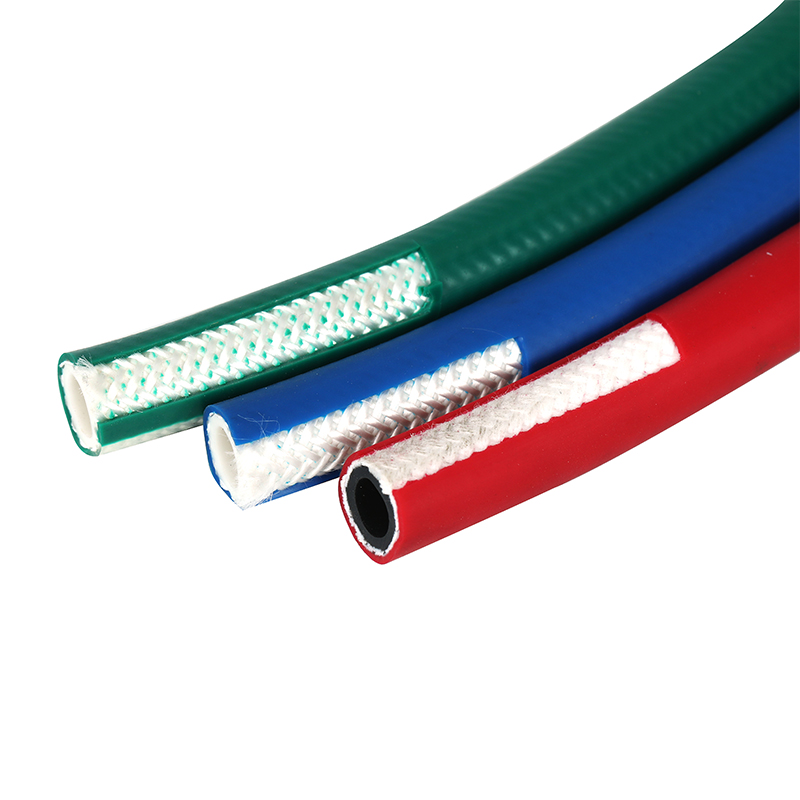pneumatic tubing material
Pneumatic Tubing Materials A Comprehensive Overview
Pneumatics is a branch of engineering that deals with the mechanical properties of gases, primarily focusing on the technology of controlling and powering machines through compressed air. In pneumatic systems, tubing plays a crucial role in conveying air, linking various components, and ensuring smooth operation. The choice of tubing material can significantly impact the performance, durability, and efficiency of a pneumatic system. This article explores various materials used for pneumatic tubing, considering their properties, advantages, and applications.
1. Polyurethane (PU) Tubing
One of the most popular materials for pneumatic tubing is polyurethane. This thermoplastic elastomer is known for its excellent flexibility, resilience, and resistance to abrasion, making it ideal for dynamic applications where bending and flexing occur. PU tubing performs exceptionally well in a wide range of temperatures and is resistant to chemicals and oils, which adds to its versatility. Its lightweight yet durable nature allows for easy installation and reduced energy consumption, making it a common choice for many industrial applications.
2. Polyvinyl Chloride (PVC) Tubing
PVC is another widely used material for pneumatic tubing. It is known for its robustness and affordability. PVC tubing can withstand various environmental conditions, including exposure to chemicals and UV radiation. Although not as flexible as polyurethane, it offers a higher degree of rigidity, making it suitable for conveying air over longer distances. PVC tubing is often used in applications where cost-effectiveness is a priority, such as in manufacturing and construction environments.
3. Nylon Tubing
Nylon is a synthetic polymer that provides excellent strength and offers enhanced resistance to abrasion and impact. Nylon tubing is appreciated for its ability to maintain dimensional stability over a wide temperature range and its resistance to chemicals. This material is often used in pneumatic systems that require durability and reliability, such as automotive applications and industrial machinery. One of the primary disadvantages of nylon is its susceptibility to moisture absorption, which can affect its mechanical properties.
pneumatic tubing material

Polyethylene tubing is lightweight, flexible, and resistant to moisture, making it suitable for various pneumatic applications. It typically comes in both low-density (LDPE) and high-density (HDPE) variants. LDPE is more flexible compared to HDPE, whose increased rigidity makes it suitable for applications requiring higher pressure ratings. PE tubing is often used for air and fluid transfer in food processing, medical devices, and electronics, emphasizing its versatility across different industries.
5. Metal Tubing
For applications involving high pressure or extreme environments, metal tubing is often the preferred choice. Common metals used include stainless steel and aluminum, known for their high strength and excellent resistance to temperature variations. Metal tubing does not compress under pressure, providing a reliable medium for pneumatic systems that require precision and longevity. While metal tubing is generally more expensive than plastic alternatives, its durability can lead to cost savings in the long run due to lower replacement needs.
6. Considerations for Choosing Tubing Material
When selecting the appropriate tubing material for a pneumatic system, several factors must be considered
- Pressure Rating Ensure the tubing can handle the maximum pressure of the system. - Temperature Range Different materials have varying tolerance levels; consider the operating environment. - Chemical Compatibility The tubing must be resistant to any chemicals it may encounter. - Flexibility vs. Rigidity Depending on the application, you may require a flexible or rigid solution. - Cost Efficiency Balance performance with budget constraints to find a suitable option.
Conclusion
Understanding the characteristics of various pneumatic tubing materials is essential for optimizing system performance. Whether choosing polyurethane for its flexibility, PVC for cost-effectiveness, nylon for strength, or metal for high-pressure applications, the right material can significantly enhance the efficiency and longevity of pneumatic systems. By considering the specific requirements of the application, engineers can make informed decisions that lead to improved outcomes and reduced maintenance costs, ultimately contributing to the success of their projects.
-
Unrivaled Performance and Applications of PU Pneumatic Hoses and TubesNewsJun.11,2025
-
The Transparent World of Industrial Tubing and Hosing SolutionsNewsJun.11,2025
-
The Intricate World of Pneumatic Conduits: Tubes and HosesNewsJun.11,2025
-
The Dynamic Landscape of Pneumatic Conduits: Unraveling Key ComponentsNewsJun.11,2025
-
The Diverse Applications and Significance of Transparent PVC TubingNewsJun.11,2025
-
High - Pressure Pneumatic Tubing and Systems: An In - Depth LookNewsJun.11,2025














